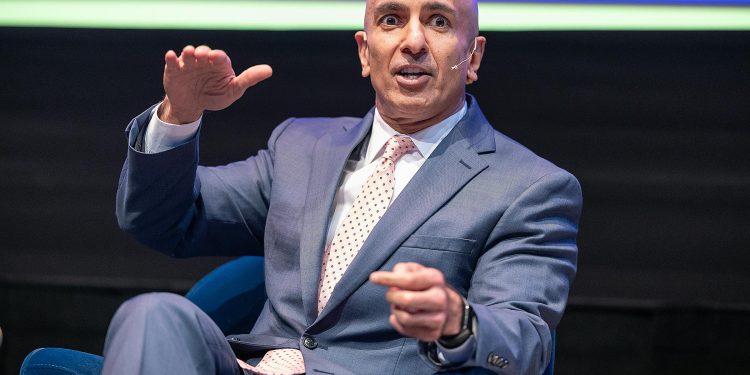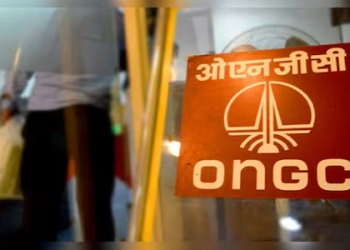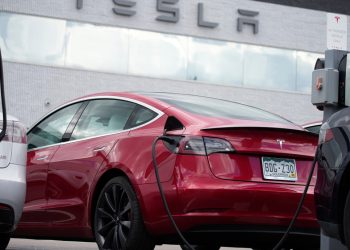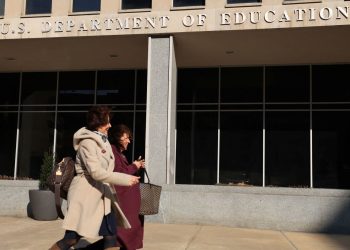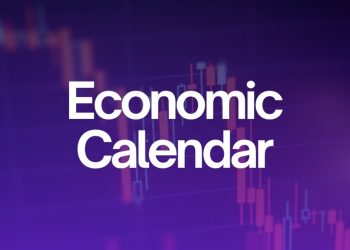The Fed uses interest rates to achieve its “dual mandate” of price stability and low unemployment. When inflation is high, as it was following the COVID-19 pandemic, the central bank raises rates to depress price growth. When unemployment is high, rates are cut to boost spending.
The president, who appointed Jerome Powell during his first term, will likely replace the Fed chair with a loyalist once Powell’s term expires in May. Even so, the Federal Open Market Committee is unlikely to approve rate cuts that threaten to overheat the economy, Kashkari said.
“If you try to run the economy faster than its growth potential and its production potential, prices end up rising throughout the economy,” he said. “The Federal Open Market Committee ultimately sets interest rates, and the committee as a whole, I believe, is absolutely committed to making decisions based on data and analysis, not political considerations.”
Kashkari made clear that the independence of the Fed was crucial to a healthy U.S. economy in the wake of Trump’s threats.


